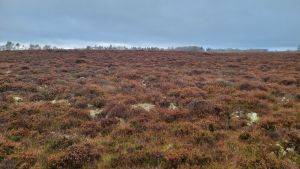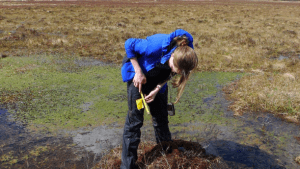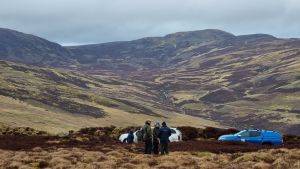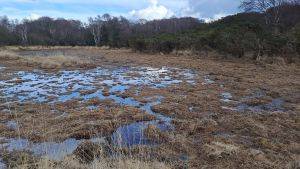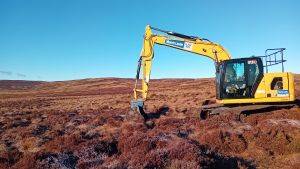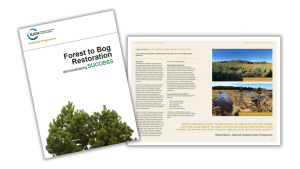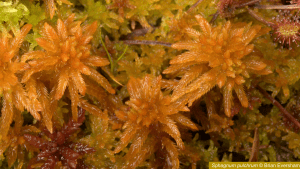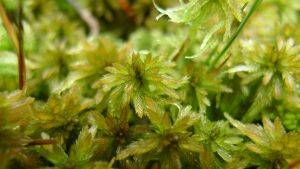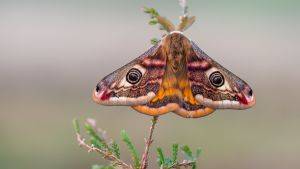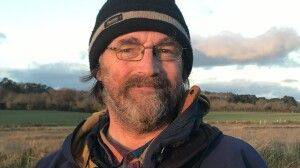Royal Botanic Garden is the first venue for an important exhibition which will tour across the United Kingdom.
A major exhibition outlining the national and global significance of Scotland’s Flow Country opened at the Royal Botanic Garden, Edinburgh, on 14th June. The exhibition will enable thousands of visitors across the UK to learn about and experience the magic of the Flow Country of Caithness and Sutherland, an area widely recognised as the best peatland of its type in the world.
The Botanics will host the exhibition until 25 September when it will move to the Glasgow Science Centre before beginning a tour of fifteen other venues across the UK.
The exhibition is part of the Peatlands Partnership’s Heritage Lottery funded ”Flows to the Future project”. The opening was well attended by representatives of both local and national organisations supportive of the future of the Flow Country, students and politicians.
Professor Stuart Gibb, Chairman of the Peatlands Partnership, hosted the event, said, “I am delighted that so many people with a common interest in the Flow Country came to the exhibition launch. The exhibition is a fantastic opportunity to showcase the natural wonders of the north of Scotland. I hope that many people who come to the exhibition will be inspired to visit the Flow Country as a result.”
Regius Keeper of the Botanic Gardens, Simon Milne MBE, also welcomed the attendees to the exhibition and the Botanic Gardens. He explained how he had personally seen large areas of peatland being destroyed on his recent travels abroad and emphasised the responsibility we all have to protect this globally important habitat.
Professor Gibb paid tribute to the organisations that are delivering the Flows to the Future project which include the lead partner RSPB Scotland, Scottish Natural Heritage, the Highland Council and the Environmental Research Institute, Thurso. He also expressed thanks to the funders of the project, in particular, the Heritage Lottery Fund.
Professor Des Thompson of Scottish Natural Heritage gave a lyrical speech in which he highlighted the special qualities of the Flow Country and its continuing need for protection.
“The Flow Country is vast – in fact it is so big in extent that you sometimes need several Ordnance Survey maps simply to get to one mountain spied on the horizon. Studded with hummocks, hollows, pools and dubh lochans, it is no wonder that the Gaelic language has more than 100 words to describe ‘peat’. Nowhere else in Britain, can you be so alone yet so absorbed by the landscape.”
He continued: “It can be silent, it can be buoyant with the sounds of special birds, it can be ferociously windy, and often incessantly rain drenched - and on many days all of these things. The dreich, oceanic climate is perfect for blanket bog formation - 15% of this globally important habitat here in Scotland.”
As well as stunning imagery, the exhibition includes films, peatland artefacts and hands-on children’s activities. There is a virtual reality 3D landscape model that allows visitors to fly over the bog as well as taking a virtual walk through the pools and unusual peatland plants.
The exhibition will be on display daily from 10am until 5.30pm from 15 June until 25 September when it will move to the Glasgow Science Centre. You can find out more at www.theflowcountry.org.uk.

